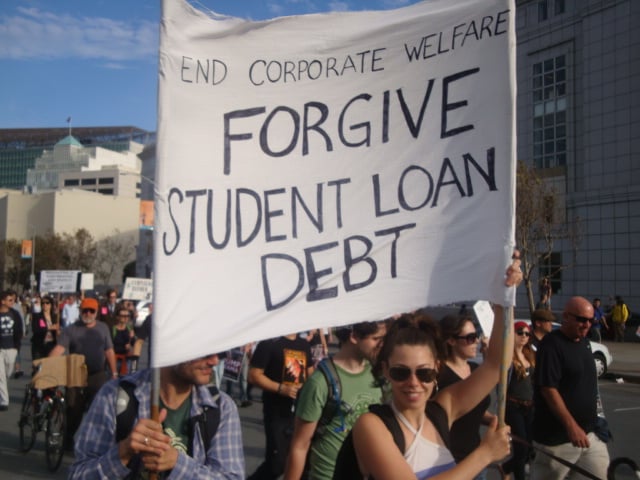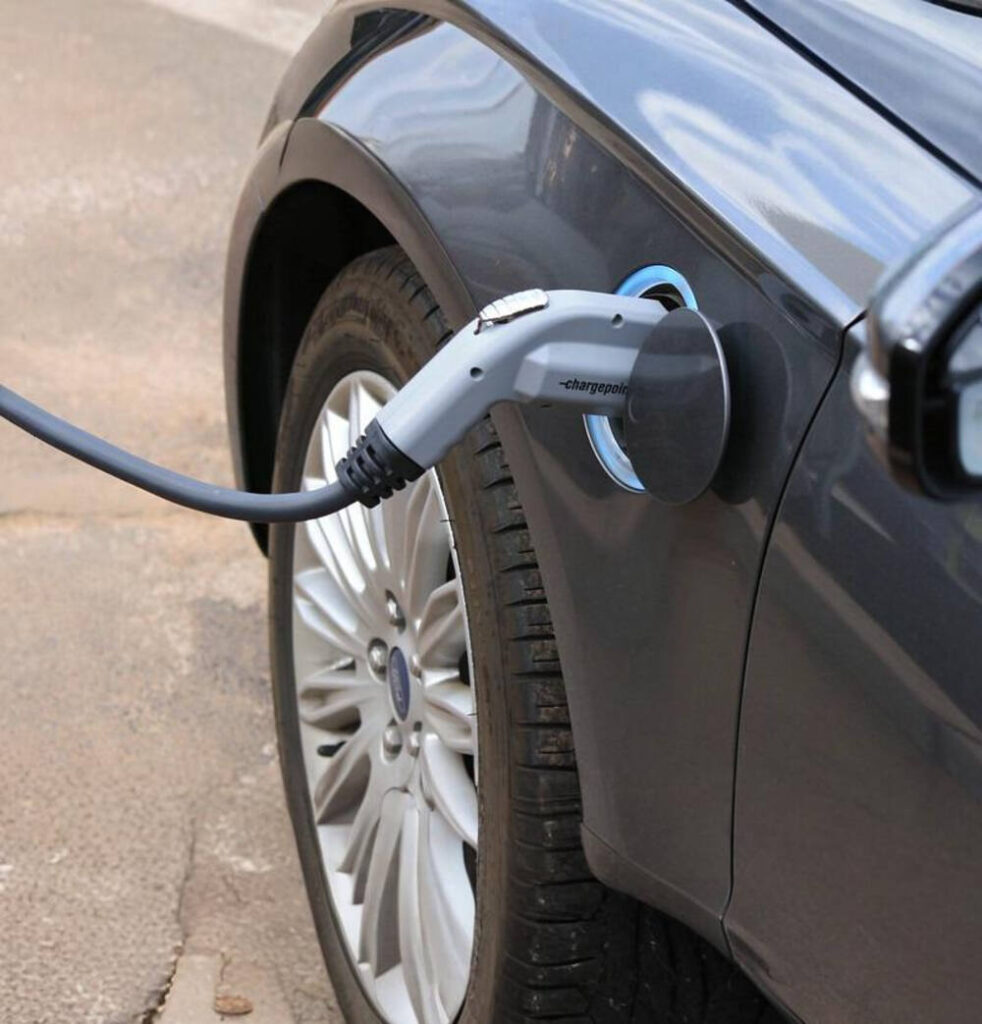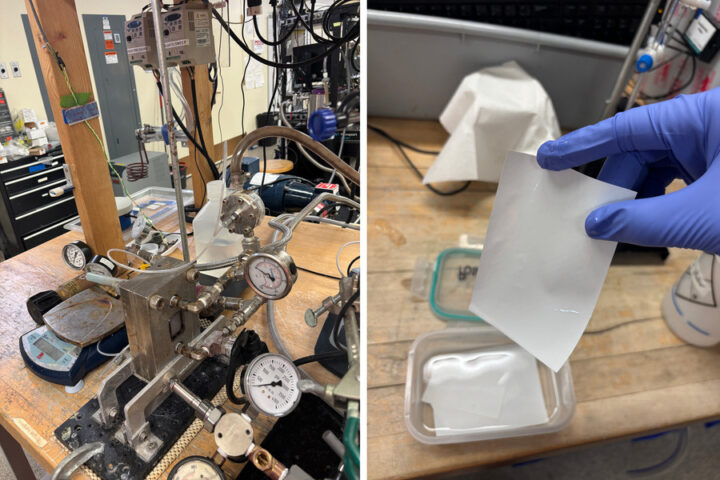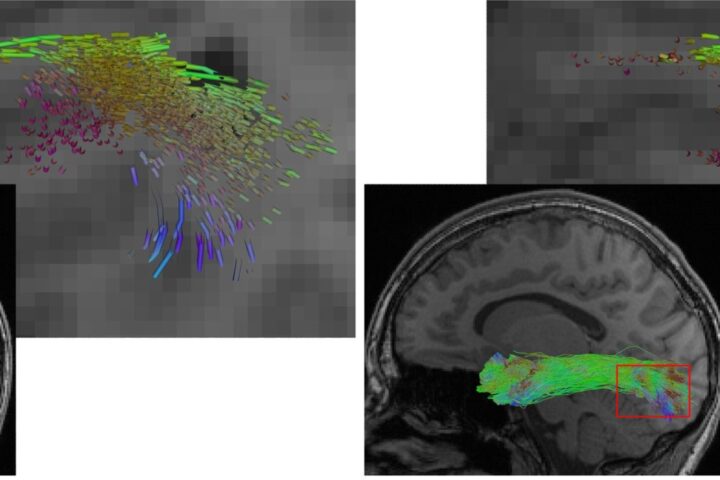The five-year pause on federal student loan collections is ending. Starting May 5, 2025, the Department of Education will once again deploy its full arsenal of collection tools against defaulted loans—affecting millions of Americans already struggling with inflation and economic uncertainty.
For borrowers in default, the machinery of collection is about to restart with potentially severe consequences for their financial health. Here’s what’s happening, who’s affected, and what options remain for those facing garnishment.
The Hard Numbers Behind the Collections Restart
The Department of Education will immediately target approximately 5.3 million borrowers currently in default (defined as 360+ days without payment). Another 4 million borrowers in late-stage delinquency (91-180 days past due) remain at high risk. Government projections suggest nearly 10 million Americans could be in defaFult by year’s end.
Collection mechanisms are multi-pronged and powerful:
- Administrative Wage Garnishment allows seizure of up to 15% of disposable income after a 30-day notice
- Treasury Offset Program intercepts tax refunds and potentially reduces Social Security/pension benefits
- Credit bureaus will receive updated default status reports, further damaging borrowers’ credit profiles
For many households, these collections represent the first forcible payment seizures since March 2020, when pandemic-era protections began.
Demographic Reality: Who Bears the Default Burden?
The cold data reveals clear disparities in who defaults and who will feel the sting of collections:
- Women hold nearly two-thirds of the approximate $1.6 trillion federal student debt total
- Black borrowers default at 21.8% versus 6.1% for White borrowers.
- Black graduates carry on average $25,000 more debt four years after graduation
- Hispanic/Latino borrowers face 10.1% default rates while often managing higher regional cost-of-living challenges
These statistics reflect deeper structural inequities in both higher education financing and labor market outcomes.
Remediation Options: The 30-Day Window
Defaulted borrowers have limited but important options before garnishment begins:
- Loan Rehabilitation: Complete 9 voluntary, income-based payments within 10 months to clear default status and halt collections
- Direct Loan Consolidation: Combine defaulted loans into a new Direct Consolidation Loan, often requiring 3 on-time payments or income-driven repayment enrollment
- Income-Driven Repayment: Plans that cap monthly payments at 5-10% of discretionary income (though availability of certain features remains in flux due to ongoing litigation)
The Department of Education has launched a comprehensive communications campaign with email notifications, extended call center hours, and partnerships with guaranty agencies to guide borrowers through these options.
Similar Posts
Broader Economic and Personal Impact
The resumption of collections occurs against a backdrop of significant economic challenges:
- American households already manage record aggregate debt of $18 trillion
- New York Fed projections indicate 9 million borrowers may see credit score declines in Q1 2025
- First-time homebuyer activity may further slow as mortgage qualification becomes more difficult
- 68% of young professionals report stress and anxiety directly attributed to education debt
- 76% have delayed major life milestones like homeownership or family formation due to loan burdens
For many working-class and middle-income families, wage garnishment will further constrain already tight household budgets stretched by inflation.
Competing Perspectives on the Policy Shift
Education Secretary Linda McMahon defended the return to collections: “American taxpayers will no longer be forced to serve as collateral for irresponsible student loan policies.”
Consumer advocates offer a starkly different assessment. The Student Borrower Protection Center called the move “cruel,” warning it compounds hardship for families already struggling with rising costs for essentials like food, housing, and healthcare.
Financial experts universally advise swift action—rehabilitation or consolidation—to forestall garnishment and credit damage.

The Policy Pendulum and Legal Landscape
Federal collections have swung between strict enforcement (1990s-2019) and blanket relief (2020-2025), reflecting shifting political priorities:
- March 2020: CARES Act established the collection pause
- 2023: SAVE plan aimed to reform income-driven repayment
- 2025: Current reinstatement under directives to restructure Education Department operations
The legal environment adds further complexity. Missouri-led and Kansas-led lawsuits have enjoined portions of the Biden-era SAVE income-driven repayment plan, creating uncertainty around borrowers’ ability to access affordable payment options. The American Federation of Teachers has sued the Education Department for removing IDR applications, which critics contend blocks access to affordable plans just as collections resume.
For millions of Americans caught in this system, the fundamental question remains whether higher education financing serves as a pathway to opportunity or an increasingly punitive financial trap with long-term consequences for economic mobility and household stability.


















